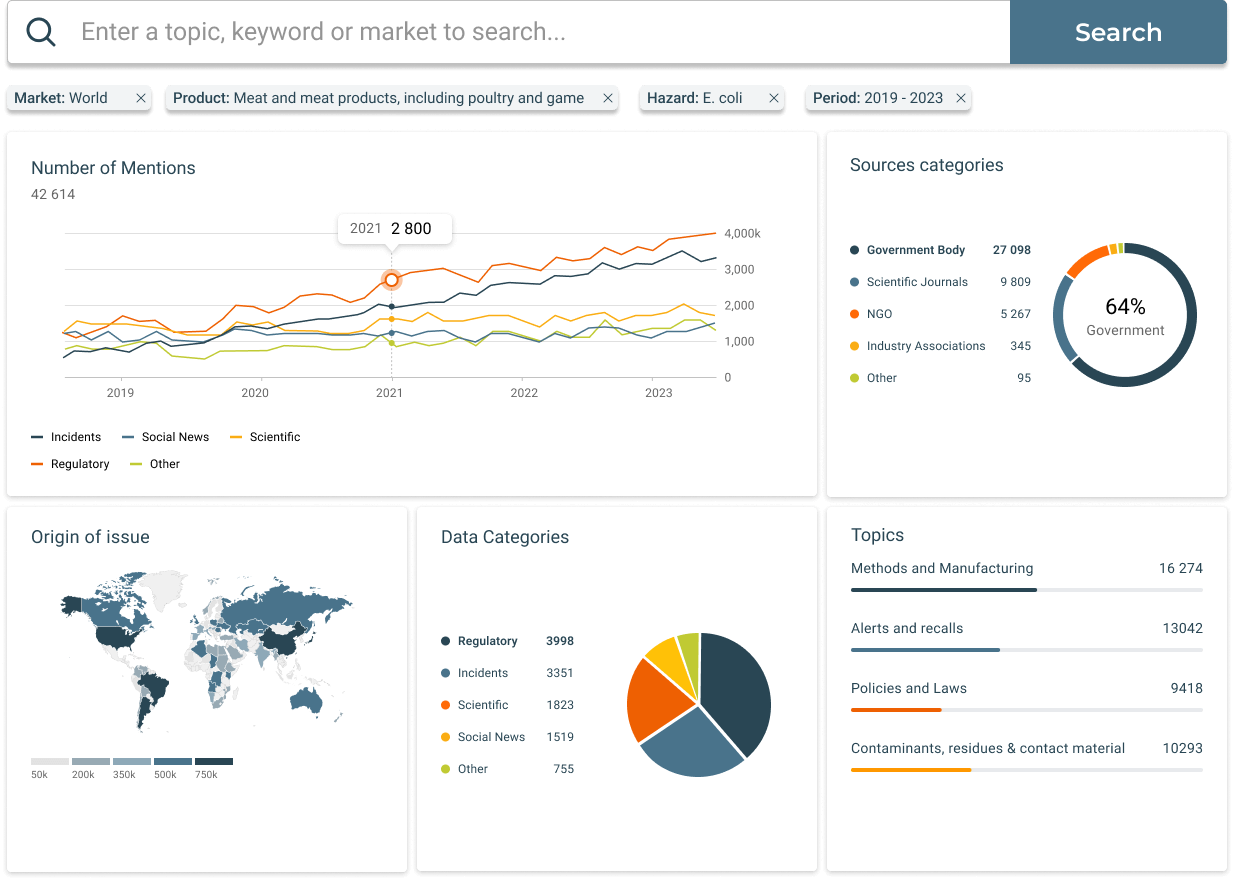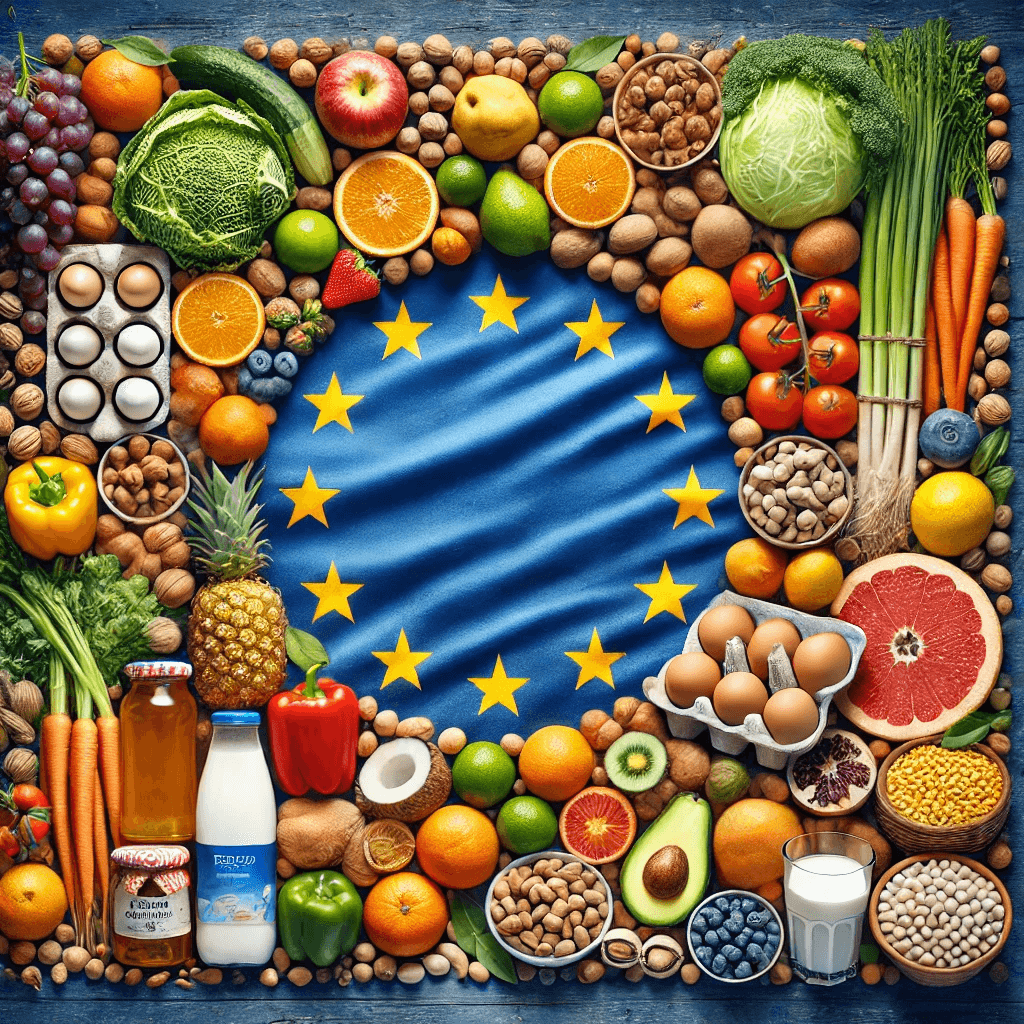
In the realm of gemstones, particularly diamonds, the acronyms GIA and IGI stand as monumental pillars representing quality assessment and certification. However, for the uninitiated, deciphering the disparities between these two entities can be as intricate as inspecting the facets of a flawless diamond. This article aims to unravel the mysteries surrounding GIA versus IGI, providing a comprehensive understanding to aid individuals in making well-informed choices when it comes to their precious stone investments.
Table of Contents
Understanding GIA (Gemological Institute of America)
The Gemological Institute of America, often abbreviated as GIA, is renowned worldwide as the foremost authority in gemological research, education, and grading. Established in 1931, GIA has upheld a steadfast commitment to setting the highest standards of integrity and innovation in the diamond industry.
GIA Certification Process
GIA employs a meticulous grading process, meticulously assessing each diamond’s 4Cs: Cut, Color, Clarity, and Carat Weight. These assessments are conducted by highly trained gemologists using state-of-the-art equipment, ensuring accuracy and consistency across evaluations. GIA certificates are revered for their credibility and are widely accepted as the gold standard in the industry.
Unveiling IGI (International Gemological Institute)
In the landscape of gemstone certification, the International Gemological Institute, abbreviated as IGI, emerges as a prominent figure, providing comprehensive grading reports and assessments to consumers and businesses alike. Founded in 1975, IGI has expanded its reach globally, offering reliable certification services across various gemstones.
IGI Certification Process
Similar to GIA, IGI employs a rigorous grading process, evaluating diamonds based on the 4Cs. Their reports detail vital information regarding a diamond’s characteristics, empowering consumers with transparency and assurance. While IGI certificates are respected within the industry synthetische diamanten Frankfurt, they may not carry the same level of prestige as their GIA counterparts.
Deciphering the Differences
Reputation and Recognition
GIA holds unparalleled recognition and prestige within the diamond industry. Its long-standing reputation for excellence has solidified its position as the leading authority in gemological research and education. Conversely, while IGI maintains a respectable standing, it may not command the same level of recognition as GIA.
Consistency and Standards
GIA’s grading standards are often perceived as more stringent and consistent compared to IGI. The institute’s commitment to maintaining the highest level of accuracy and integrity has contributed to its widespread acclaim. However, IGI continues to refine its grading processes, striving to enhance consistency and reliability across its reports.
Market Perception
In the realm of consumer perception, diamonds certified by GIA are often deemed more desirable and valuable. The GIA certification serves as a hallmark of quality and authenticity, instilling confidence in consumers and facilitating trade within the industry. While diamonds certified by IGI uphold reputable standards, they may not command the same premium as their GIA-certified counterparts.
Making Informed Choices
When navigating the intricate landscape of diamond purchasing, understanding the distinctions between GIA and IGI certification is paramount. While GIA boasts unparalleled recognition and stringent grading standards, IGI offers a reputable alternative with comprehensive grading reports.
Ultimately, the choice between GIA oder IGI certification depends on individual preferences, budget considerations, and the intended purpose of the diamond. Whether seeking a diamond for investment purposes or as a symbol of love and commitment, consumers can make informed decisions by leveraging the insights provided by reputable certification entities.
In conclusion, GIA and IGI serve as stalwart guardians of quality and authenticity in the diamond industry, each contributing to the assurance and confidence of consumers worldwide.






